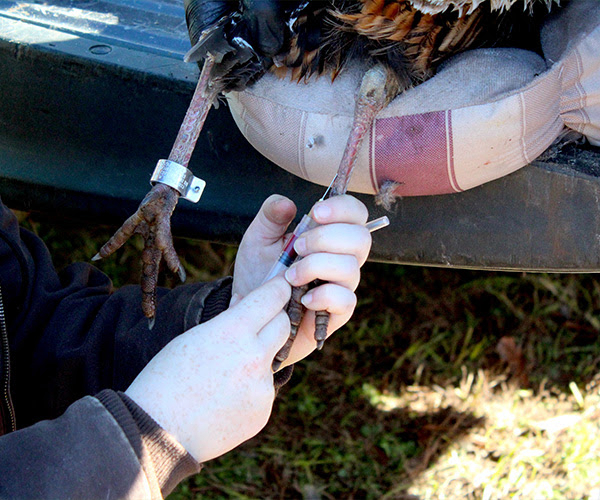Apprentice Hunting License Sales Soar
NEWTOWN, Conn. — Plant a sapling and, in time, it will bear much fruit.
That’s the way to look at Families Afield, a program launched in 2004 by the National Shooting Sports Foundation, U.S. Sportsmen’s Alliance and National Wild Turkey Federation to reduce states’ regulatory barriers to youth hunting.
Now firmly rooted in 29 states that have passed legislation lowering barriers to youth hunting, the program is producing bushels of new, young hunters. Families Afield’s latest report shows that from 2005 through 2009 more than 388,000 apprentice hunting licenses have been sold, based on 24 states reporting their license sales numbers. As the tree grows, the yield becomes greater: An increase of 100,000 apprentice hunting licenses occurred in 2009 alone.
“A lot of research went into making sure Families Afield was planned properly before its launch, and now because of that preparation Families Afield is really starting to pay dividends for youth hunters and for hunting in general,” said Chris Dolnack, senior vice president of NSSF, the trade association of the firearms industry.
States with the most apprentice hunting license sales are Pennsylvania, 102,663; Michigan, 59,929; and Ohio, 51,416. (See map for other state totals.)
Families Afield is based on a few simple premises: that parents, not politics, should decide at what age a child is mature enough to try hunting, and that when introducing a youngster to hunting, earlier is better.
The need for Families Afield became apparent when a study revealed that hunting regulations in many states did not allow youth to hunt with an adult mentor until sometimes 12 years old or later. The age restriction plus stringent coursework and certification requirements were deterrents to getting started, making it a whole lot easier for children to channel their enthusiasms into video games and organized youth sports.
These barriers were reducing the number of youngsters participating in hunting. Researchers found that for every 100 hunters lost, only 69 were taking their place. If that “hunter replacement ratio” couldn’t be improved, hunting itself could be compromised, along with its critical ties to wildlife conservation and America’s economy.
Families Afield’s answer was to allow licensed adult mentors to introduce youngsters to hunting at younger ages, instilling the passion for hunting in children early — and safely — thereby bonding families together and increasing attendance in hunter education classes.
“It’s satisfying to see Families Afield fulfilling its mission to grow the ranks of hunting,” said Melissa Schilling, NSSF’s manager of recruitment and retention. “Families Afield will have a long-term, positive effect on hunting, and while the program’s numbers are impressive, we’re still in the early stages. Over time, we believe this successful program will add millions of new hunters.”
Schilling added, “Families Afield shows the power of three organizations — NSSF, USSA and NWTF — pooling their various talents and resources to create a profound change in hunter recruitment and retention nationwide.”
To learn more about Families Afield and about your state’s hunting regulations, go to www.familiesafield.org.






